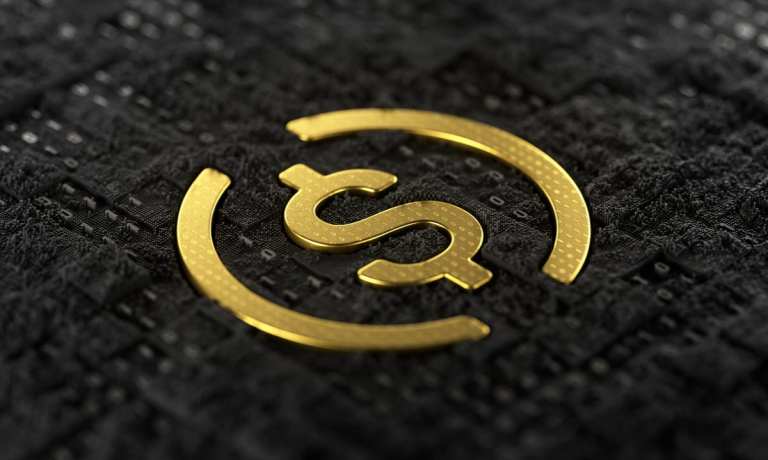Read more: MoneyGram, Stellar Development Team on eWallet Offering Near-Instant Settlements in USDC
The partnership aims to bridge the gap between digital assets and local currencies for consumers, allowing the seamless conversion of USDC to cash and vice versa, while accelerating the collection of funds, reducing risk and improving efficiency.
Commenting on the deal, MoneyGram Chairman and CEO Alex Holmes said pioneering cross-border payment innovation and blockchain-enabled settlement is one of the companies top strategic priorities, and “as crypto and digital currencies rise in prominence, we’re especially optimistic about the potential of stablecoins as a method to streamline cross-border payments.”
He added that the firm is also “extremely well-positioned” to spearhead the building of bridges to connect digital currencies with local fiat currencies, “given our expertise in global payments, blockchain and compliance.”
These bridges are necessary because the high remittance fees often paid to traditional Money Transfer Operators (MTOs) negatively impact both the sender and receiver, as well as businesses in need of speedy and affordable remittances services.
Advertisement: Scroll to Continue
And with its blockchain network, Stellar is positioning itself as a solution to the problem, offering remittance service providers, traditional MTOs, digital money apps and correspondent banks on its platform to reduce the friction and costs associated with cross-border remittances.
Related: MoneyGram Mulls Takeover Interest From Stellar Development
This is not the first time that MoneyGram and Stellar have been associated with one another. In July, Stellar and private equity firm Advent International were mulling the acquisition of MoneyGram as the money transfer company moved away from legacy services and takeover interest increased.
The Mobile Wallets-Cryptocurrency Link
According to the report, the impact of the partnership is expected to grow as more wallets and companies join Stellar, an open-source public blockchain network that allows digital representations of any currency to be tokenized and transferred anywhere in the world.
Using digital wallets in sending remittances provides a faster, safer and more convenient substitute for cash, while removing friction points such as the need to input credit card details to complete a purchase.
Data gathered in a recent PYMNTS report on cross-border remittances revealed that in the wake of the pandemic, consumers’ need for cheaper and more convenient alternatives led them to turn to virtual currencies for cross-border remittances.
See also: The Digital Currency Shift: The Cross-Border Remittances Report
And those who now use cryptocurrency to send their cross-border remittances are frequent adopters of innovative payment methods like mobile wallets, given the convenience of instant contactless payments and the speedy transfer service it provides. According to the research, published in collaboration with the Stellar Development Foundation, cryptocurrency users are more likely to send them directly into a mobile wallet (46%).
It is the reason why many users are shifting their payments activities to payment service providers, like Stellar, that allow them to send funds using cryptocurrencies. Many are using these digital payments to send funds to a mobile wallet, as the PYMNTS study indicated.
Cryptocurrencies like Circle’s stablecoin, USDC, can be sent instantly to a mobile wallet, and mobile wallets give recipients the opportunity to make contactless payments anywhere the currency is accepted.
Further reading: Crypto-Based Remittances on the Rise; Nigeria Leads the African Pack




